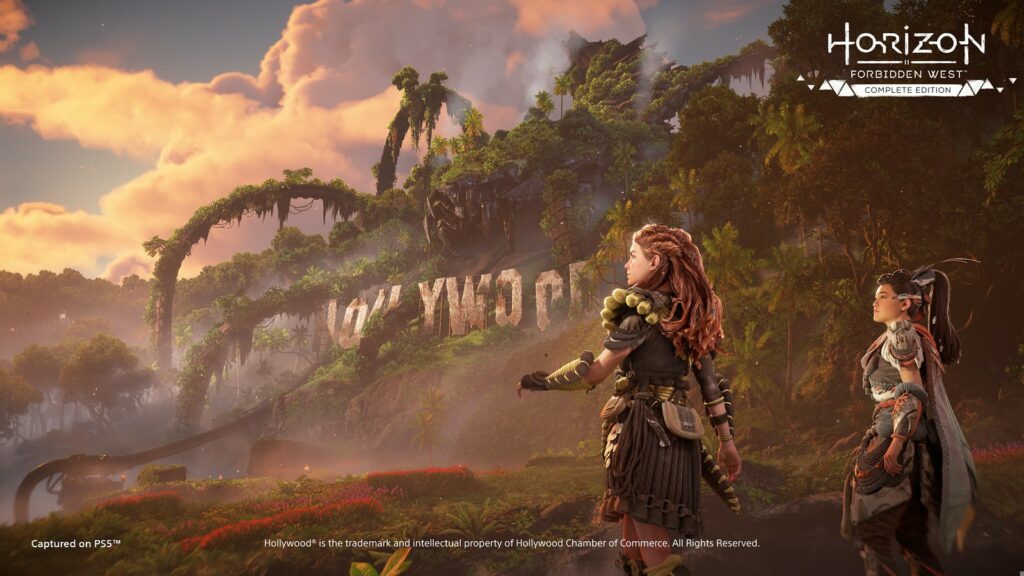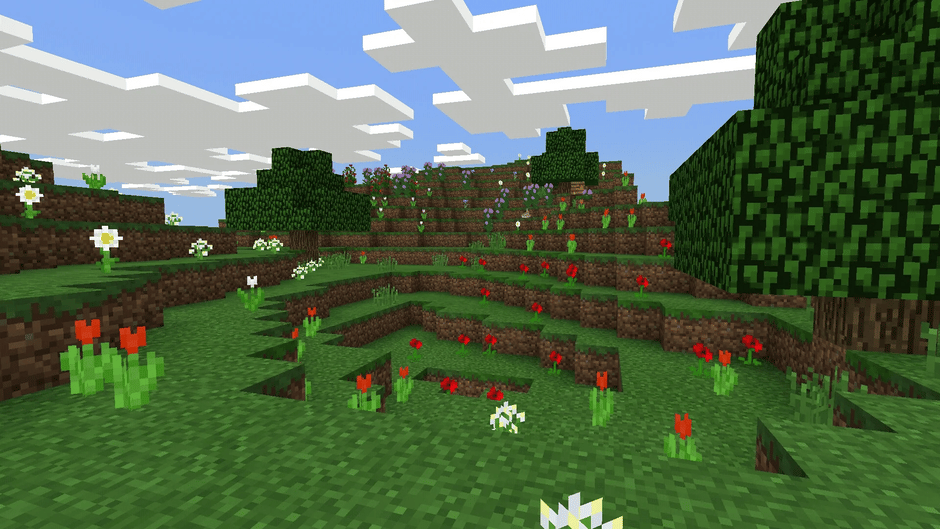
Oxenfree II: Lost Signals (Night School Studio) is a narrative adventure game about Riley, a 32-year old woman who returns to her home town to work on a local project to monitor signals in the area. Partnered with Jacob Summers, she is tasked with placing transmitters at strategic points in the remote hillsides. Planting the first transmitter results in a sudden burst of light and launches the characters into a deep mystery full of ghosts, a local cult, and inter-dimensional time travel.
Lost Signals expands on the mechanics from the first game. As before, the player can use the radio tuner to tune into strange frequencies and interact with supernatural elements, but they can also use the radio throughout the night to listen to news and music on various stations, which might provide helpful information. In addition, the player can use a walkie talkie to connect with various people, learn about them and their lives, and receive and give aide.

I love the narrative of Lost Signals —possibly even more than the first game. A part of it is that I feel more connected to Riley, who is older and more mature than the teenagers who were the focus of the original. Riley is grounded, an Army veteran, and is capable with a good head on her shoulders. She’s imperfect, but is doing her best as she faces both major changes in her adult life and faces the strange and mind-bendy challenges she faces throughout the night. The story is fascinating, a bit melancholy, and laced with creepy cosmic horrors — all things I love.

Pilgrims (Amanita Design) is a charming puzzle game, in which you play as a pilgrim who wants to go on a journey. The player has to gather a group of quirky companions and collect certain objects in order to proceed. Combining certain objects with certain playable characters allows for a wide variety of options for solving puzzles. Although I beat the game quickly enough, I got the impression that there were a multitude of other methods for beating the game that I missed.
The hand-drawn art style is fantastic and narrative is playful and fun. Although there is no dialog, the animation and actions taken provide a clear sense of character and allow for an fun and humorous story to unfold.

I jumped back in to Horizon: Forbidden West (Guerrilla Games) — finally getting around to playing the Burning Shores DLC released last year. But I didn’t exactly get to the DLC, yet. My immediate instinct was to work through some of the side quests and collectables that I left behind after completing the game last time — so that involved quite a few hours of gameplay. Just being back in this world, facing off against machines and human enemies reminded me just how much I love these games. And I got a chance to reconnect with some of the companions and hear their thoughts following the end of the main story line. All of which is to say, I’ll be talking about the DLC itself in the next Culture Consumption.

When I joined Syd (aka thechosengiraffe) on her stream to discuss game development, poetry, and the writing life (watch here), we also played Minecraft (Mojang Studios) — an experience that was delightfully chaotic, since I have not yet mastered the art of being able to conduct a thoughtful conversation, while also evading zombies, skeletons, and creepers.
Nevertheless, dipping my toes into the Minecraft world sucked me all the way in and I started playing on my own, figuring out how to mine, build a wonky home, and survive the terrible, terrible creatures of the night. On one afternoon, I signed on expecting to just play for an hour or so and suddenly six or seven hours of my life disappeared. (One of the most magical moments during this session was mining deep into the earth and stumbling upon a gorgeous cave full of bioluminescent plants and axolotls.)
However, I haven’t been back in the game since that day. On the one hand, I love the openness of the gameplay, with the inherent ability to mine, build, or explore in whatever way you please. On the other hand, it’s so open that I don’t always know what to do with myself in the game when there is no clear direction or goal to work toward.
I’m sure I’ll jump back into it eventually. I think I’d like to try to eventually beat the Ender Dragon. Or maybe I just want to build a really cool base. Or… I don’t know. Something.


I first played A Dark Room (Doublespeak Games) on the browser many years ago, but recently I’ve been playing the mobile version. The game is a text based game, in which the player wakes in a dark room and slowly begins to gather resources. As they gather items, the player is able to build homes that attract other villages and eventually gain enough materials to explore the world beyond the roaring village.
The more the palyer grows your village, the more you things go a little off. As the leader of the village, the player inherently begins to abuse and take advantage of the people who work there, driving them to serve your needs as a play. As the screenshot above states, “make them work. through eternal night.”
I would like to comment on the storyline as a whole, but I have not been able to beat the game on the mobile app. Although I lasted longer than the last time I tried playing on mobile by being more aggressive in attracting villagers to work, which allowed me to gather resources up front — so that I would be well equipped when I wandered out into the world.
But like last time, I eventually ran into an enemy that obliterated me and cleared out all my gear, including valuable and hard to obtain weapons like a rifle that provides significant help in defeating more challenging enemies. As a result, I lacked the gear needed to further progress in the world. Since it’s not easy to get that gear back when you’ve already cleared out the easier caves and explorable areas, I’m kind of stuck. Or, at least that’s how I feel. I don’t remember the browser game being so painfully difficult after crossing a certain threshold. Not sure when or if I’m going to come back to this one.
If you’d like to know about the rest of recent culture I consumed, including books, movies, and TV, you can check out my Culture Consumption for March.